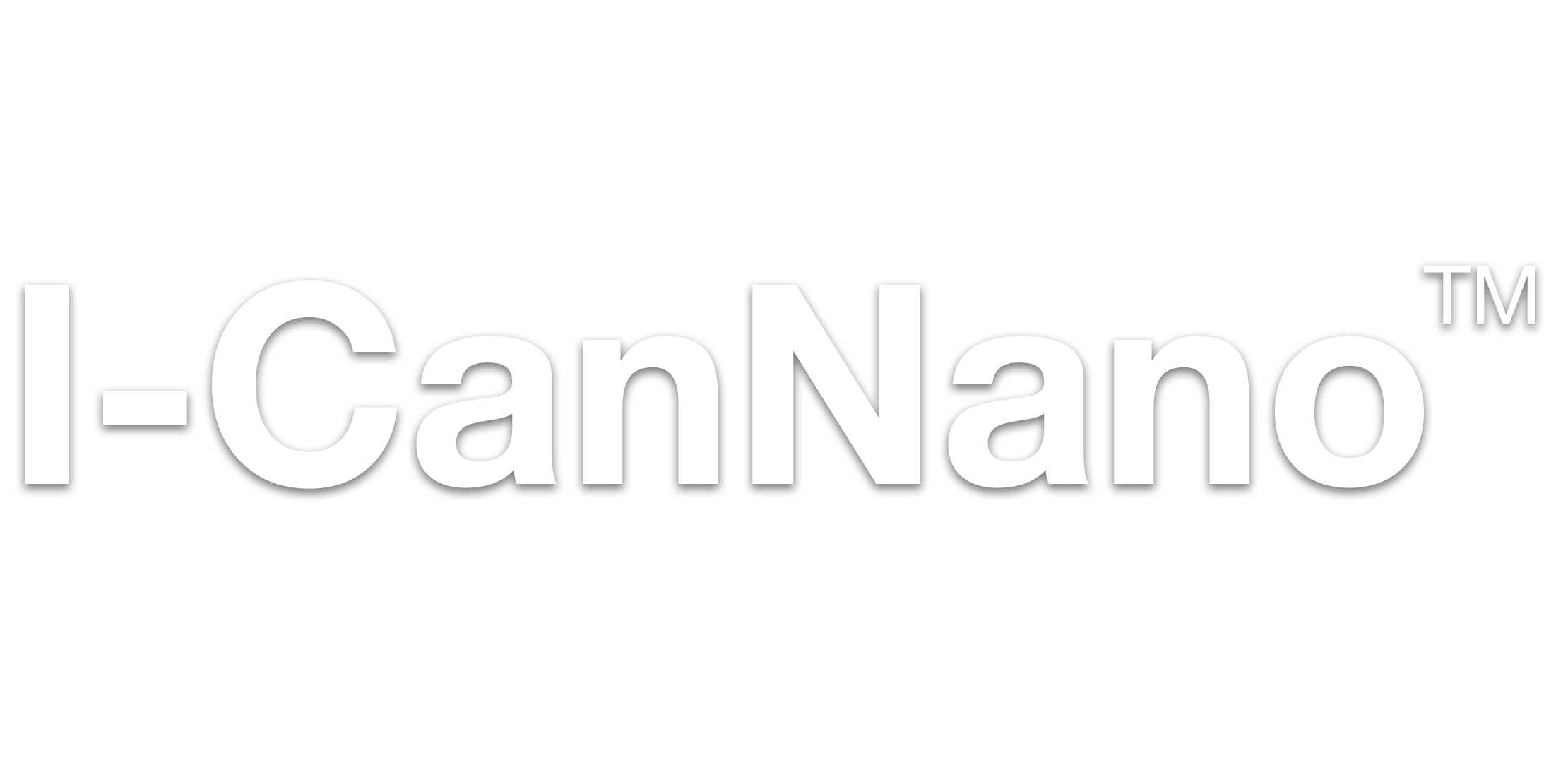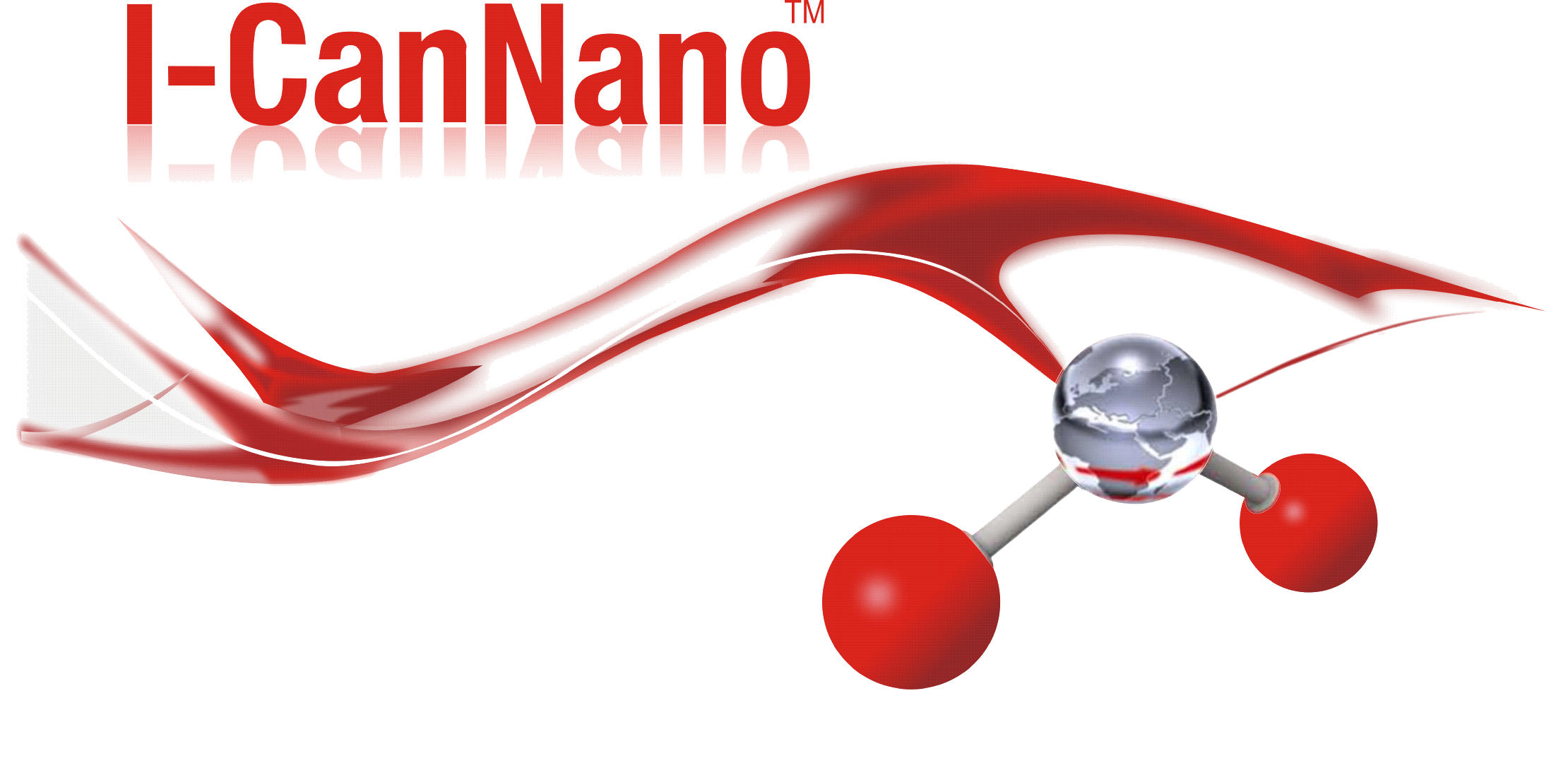
The pandemic era continues to agitate supply chains in a world where manufacturing, shipping and fulfilment are still encountering various degrees of disruptions, lockdowns and delays. Yet in a Gartner survey of chief executives earlier this year—199 company leaders in business sectors highly dependent on their supply chains—cost optimization (named by 17 percent) edged out supply chain resilience (16 percent) as the top priority for their chief supply chain offers. Still, a whopping 87 percent of supply chains put in place plans to boost supply chain resilience by this year, which has meant significant investments considering the rising prices of raw materials and freight capacity constraints, according to Thomas O’Connor, senior director analyst with the Gartner Supply Chain practice. Therefore, in the real world, cost optimization and resiliency can’t really be separated. “Both must be prioritized,” he said in an interview with Sourcing Journal. “CEOs are tasking their CSCOs to focus on navigating through the ongoing disruption and ensure business continuity,” said O’Connor. “This includes dealing with pandemic-related lockdowns in key markets, supply chain shortages—as seen in the semiconductor industry—and challenges with the global flow of goods and increasing distribution costs.” UNDERSTANDING SUPPLIERS, INVESTING IN TECH, AND PREPPING FOR A BOOM Balancing these two priorities requires a more sophisticated understanding of upstream supply chains. That, in turn, entails deeper knowledge of Tier 2 and Tier 3 suppliers. On the demand side, real-time data and machine learning can provide a clearer picture. Technology comes into play in operational changes that will also foster efficiencies and improve performance. Automation enables cost-effective nearshoring of manufacturing, for example, O’Connor told Sourcing Journal. A majority of the executives also said they’re anticipating an economic boom by the end of 2022, which means they are strategizing for growth at a time when the world is grappling with new COVID-19 variants and ongoing uncertainty. “Different regions of the world are recovering at different paces,” O’Connor said. “CSCOs need to prepare for a dual speed recovery for both supply and demand where markets with high vaccination rates bounce back far more quickly than those without.” THE NEW OPPORTUNITY The pandemic also offers an opportunity to revaluate and redesign the business, according to more than two-thirds of the CEOs who participated in the survey. Most also are focused on tech, with 80 percent planning to invest more in digital capabilities, including more targeted initiatives than they’d previously considered. Nearly as many (79 percent) are anticipating “significant and enduring behavioral changes in society” due to the pandemic, including within their own organizations. That includes a new focus on social and environmental concerns, which introduces fresh challenges for supply chains. “Already, a range of companies have committed to social responsibility and sustainability goals – a huge integration challenge for supply chain leaders that manage global networks,” O’Connor said. “This means supply chain leaders need to establish metrics and goals for themselves and their partners, and ensure their targets are met across the whole value chain.”







